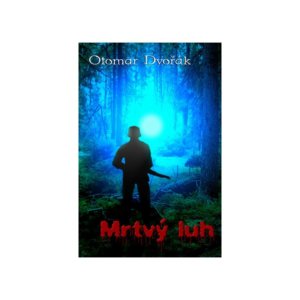
Atomic vodka from Chernobyl goes to shops
 04. 03. 2020
04. 03. 2020

Of all the things that have ever arisen from the Chernobyl disaster, this new vodka will probably be the strangest. Like wine in France and bourbon in the southern United States, vodka is Russia's national drink. Many nations have their typical alcohol, which is so common that it becomes part of the country's identity. Its production also often becomes a key contributor to the national economy. France has a Bordeaux region where famous wines are produced. Ireland has Guinness, a family brewery that employs hundreds of people working to make the world-famous lager.
It is vodka in Russia. Vodka is an alcohol originally fermented from potatoes, but many of today's largest distilleries use mainly grain grains. Vodka production has been a vital part of the Russian national economy for centuries.
But regardless of whether some customers like vodka or not - when they see the news on the shelf of their local liquor store, they will definitely stop by: Atomik Vodka. This brand joins the ranks of other famous vodkas such as Stoli and Beluga. The name 'Atomik' refers to the place where grains are produced to produce this alcohol, to Chernobyl.
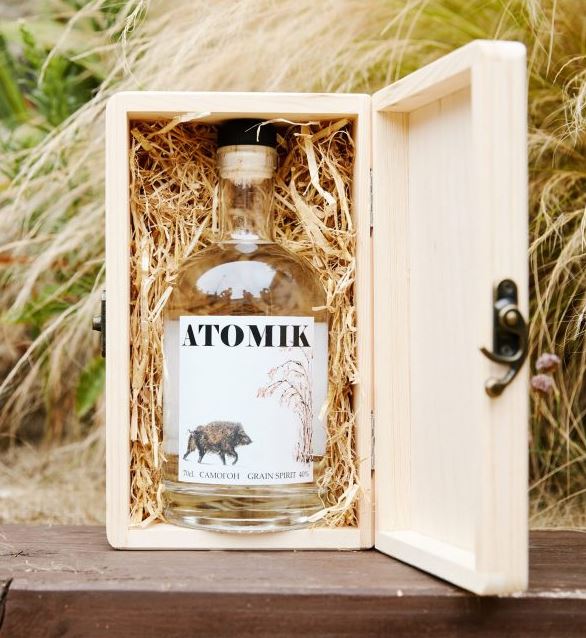
Atomik vodka. Photo by Atomik Spirit Company and Jim Smiths at Portsmouth University.
Chernobyl officials have been looking for ideas to revive the region's economy since the nuclear disaster in April 1986. At the time of the accident, authorities said the region had been degraded for human life for an incredible 24 years as a result of a radiation fallout. Three hundred and fifty thousand people were evacuated from Chernobyl that spring, and since then the area has been largely considered a wasteland.
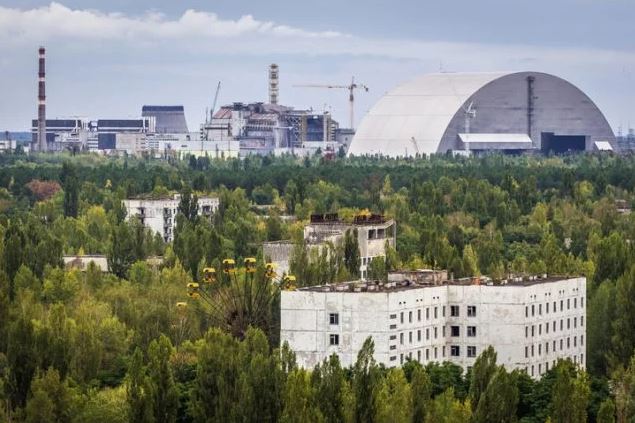
The forbidden area of the Chernobyl nuclear power plant, also known as the Exclusion Zone around the Chernobyl nuclear reactor, proclaimed by the USSR shortly after the 1986 catastrophe.
However, parts of the region are now repopulated and even animals and plants have returned. Guides today take visitors close to the disaster site, although of course there is still something called the "exclusion zone" that no one can enter. This positive development, however, contradicts the idea that the entire Chernobyl region will be uninhabitable and unusable for many centuries.
New spirits, which grows grain in the area, has asked British scientists and other experts to consult and verify that the crop is safe to eat. Professor Jim Smith of the University of Portsmouth is one of the experts in the production of Atomik vodka. As he recently told theguardian.com server, this "craft" drink is made through a joint effort called the Chernobyl Spirit Company. He added that 75 percent of the profits will be returned to the community to help restore depleted economic resources.
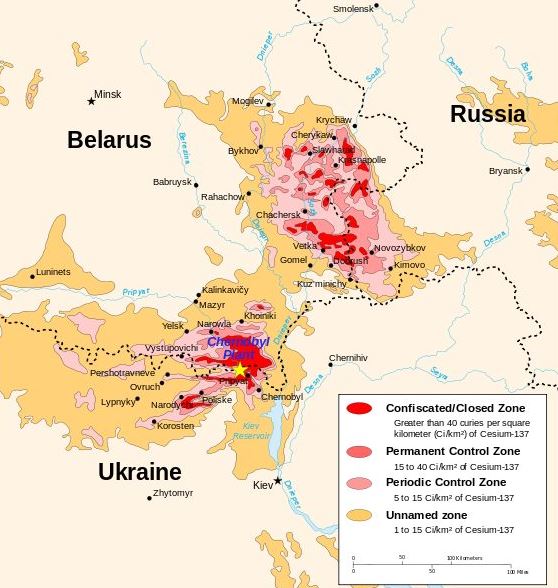
Map of Chernobyl radiation according to the CIA manual. CC from SA-2,5
Smith explained that vodka is made from water from a very deep well near the place. He added: "I think this is the most important bottle of spirits in the world. It could help to revitalize the communities living in these deserted areas. "
He also assured theguardian.com that vodka is completely safe for consumption: "distillation removes any impurities in the original grain, so the only type of radioactivity found by scientists here is natural carbon 14, which can be assumed in any spirits."
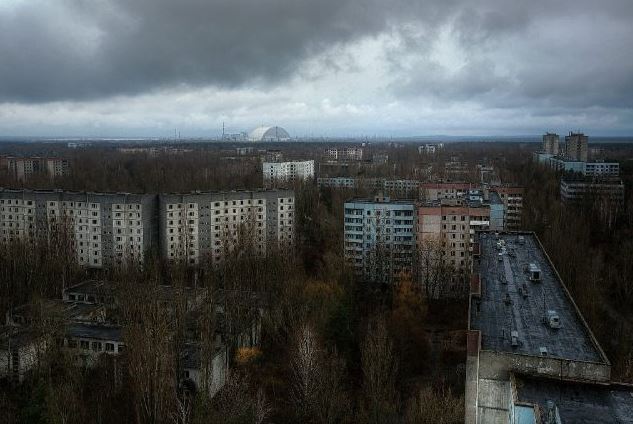
Ghost town in Chernobyl
Vodka may be safe, but Smith and his colleagues still have a difficult way to fight the perception of toxicity in water and grains from Chernobyl. People are often reluctant to drink or eat whatever they perceive, even as minimally polluted, no matter how old or distorted this perception may be. Nevertheless, Smith is determined to make this product a success and, more importantly, to contribute to the economic resuscitation of the Chernobyl region and its inhabitants, partly through this new brand of vodka.
"Our goal is to produce a high-value product that contributes to the promotion of economic development outside the main 'exclusion zone', where radiation no longer poses a significant health risk," he said. But it is the phrase "not significant" that may prove too weak for consumers who care about their health and do not want to endanger it. And unfortunately, for many, the image of Chernobyl is still risky, perhaps even toxic. It is a difficult, dark picture that we need to overcome, and only time will tell whether the Atomic can remove it and usher in a happier and safer era.
Meanwhile, Russian officials enjoyed tasting Atomics; Oleg Nasvit, a member of the government involved in the tasting, said, "She's good," and compared it to "high quality homemade self-propelled." Get Russian praise for your vodka? A very high honor.
Tip from Sueneé Universe
Otomar Dvořák: Dead meadow
If you are worried darkness In cemeteries or deep forests, you should know that there is also blackness in the nooks and crannies of human souls. What Can Happen When A Man With darkness will it come to a terrifying place in the soul? Read Otomar Dvořák's breathtaking short stories.





 1
1